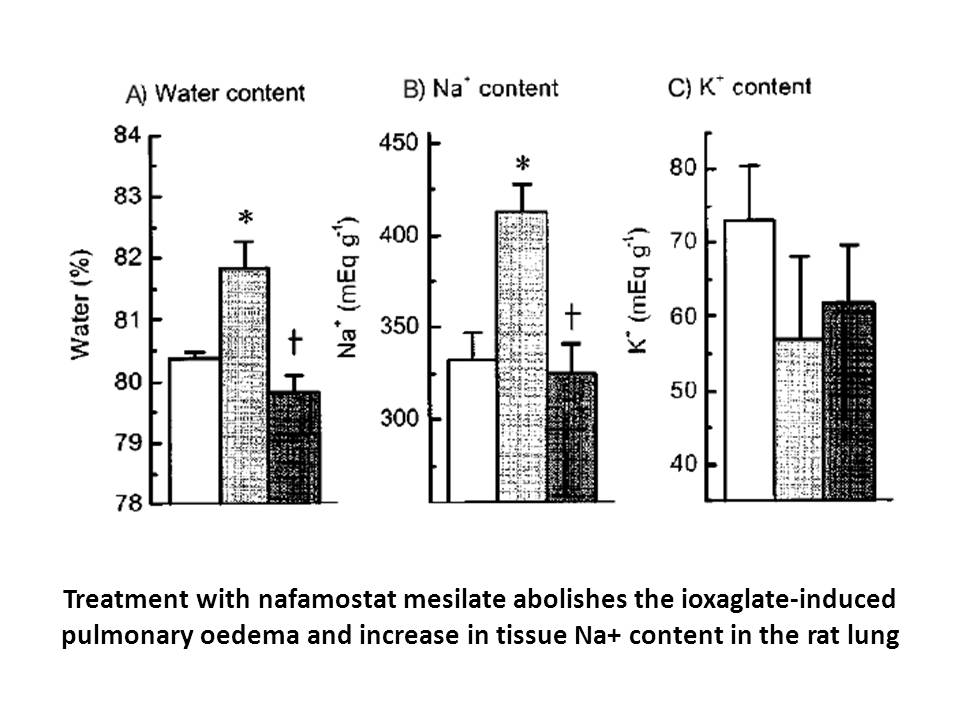Archives
Meanwhile high levels of extraversion have been associated w
Meanwhile, high levels of extraversion have been associated with weaker conditioning and faster IPA-3 learning (Eysenck, 1970). Similar to neuroticism/anxiety, the role of extraversion for fear conditioning and extinction has found only limited empirical support (Rauch et al., 2005) with several studies reporting mixed (Pineles et al., 2009) or null effects (Guimarães et al., 1991, Martínez et al., 2012, Otto et al., 2007). In the study of long-term fear extinction, however, the agency facet of extraversion (describing the disposition to be active, assertive, achievement-oriented) might be more predictive than general extraversion due to its putative dopaminergic basis (Depue and Collins, 1999, Wacker et al., 2006, Wacker et al., 2012).
The present study investigated if and in which manner (a) the COMT Val158Met polymorphism as well as (b) neuroticism/anxiety, (c) fearfulness and (d) agentic extraversion modulate fear and extinction retention in a delayed recall test. We employed an established two-day fear conditioning and extinction paradigm (Mueller, Panitz, Hermann, & Pizzagalli, 2014). On Day 1, two reinforced CS+ and two CS− were presented during an initial fear acquisition phase. In a subsequent extincti on phase, one of the two CS+ and one of the two CS− were presented without a US. One day later, all four CS were presented again in a recall test to assess long-term recall of conditioned and extinguished fear. We assessed the Late Positive Potential (LPP) and fear bradycardia as cortical
on phase, one of the two CS+ and one of the two CS− were presented without a US. One day later, all four CS were presented again in a recall test to assess long-term recall of conditioned and extinguished fear. We assessed the Late Positive Potential (LPP) and fear bradycardia as cortical  and autonomic components of the conditioned fear response, respectively. The LPP is a sustained positivity in the posterior event-related potential and is sensitive to motivational stimulus significance (Keil et al., 2002, Lang and Bradley, 2010). It has been used in previous fear conditioning studies on acquisition (Nelson, Weinberg, Pawluk, Gawlowska, & Proudfit, 2015) and extinction recall (Panitz, Hermann, & Mueller, 2015). Fear bradycardia describes cardiac slowing between 2 and 5 s after detection of a threat cue (Vila et al., 2007) and indicates focused attention as part of a freezing response (Lang et al., 2000, Löw et al., 2008, Löw et al., 2015). It has been used to investigate fear acquisition (Bradley et al., 2005, Panitz et al., 2015, Sperl et al., 2016), extinction (Notterman, 1952, Panitz et al., 2015, Sperl et al., 2016) and long-term recall of conditioned fear (Panitz et al., 2015). In addition, we assessed skin conductance responses (SCR) and affective CS ratings as additional, widely used measures of conditioned fear (Lonsdorf et al., 2017).
and autonomic components of the conditioned fear response, respectively. The LPP is a sustained positivity in the posterior event-related potential and is sensitive to motivational stimulus significance (Keil et al., 2002, Lang and Bradley, 2010). It has been used in previous fear conditioning studies on acquisition (Nelson, Weinberg, Pawluk, Gawlowska, & Proudfit, 2015) and extinction recall (Panitz, Hermann, & Mueller, 2015). Fear bradycardia describes cardiac slowing between 2 and 5 s after detection of a threat cue (Vila et al., 2007) and indicates focused attention as part of a freezing response (Lang et al., 2000, Löw et al., 2008, Löw et al., 2015). It has been used to investigate fear acquisition (Bradley et al., 2005, Panitz et al., 2015, Sperl et al., 2016), extinction (Notterman, 1952, Panitz et al., 2015, Sperl et al., 2016) and long-term recall of conditioned fear (Panitz et al., 2015). In addition, we assessed skin conductance responses (SCR) and affective CS ratings as additional, widely used measures of conditioned fear (Lonsdorf et al., 2017).
Method
Results
Discussion
The present study investigated the roles of personality and a dopaminergic gene polymorphism in long-term fear extinction. Previously genotyped participants were recruited based on their dopaminergic COMT Val158Met polymorphism and performed a two-day differential fear conditioning paradigm with acquisition and extinction phases on Day 1 and a recall test on Day 2.